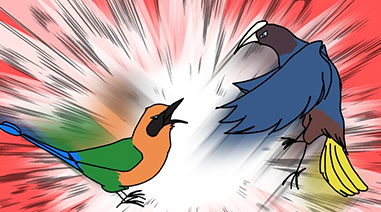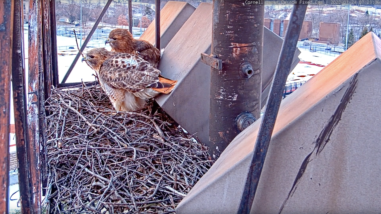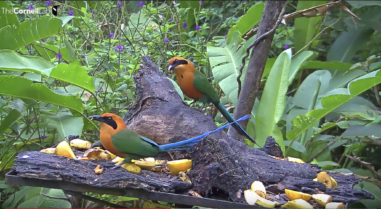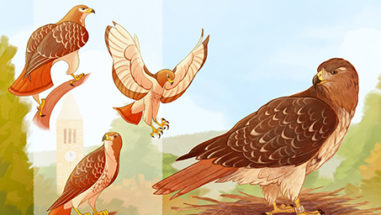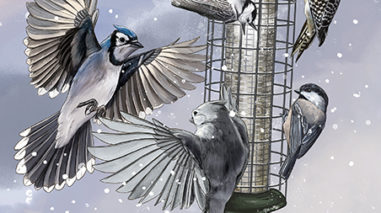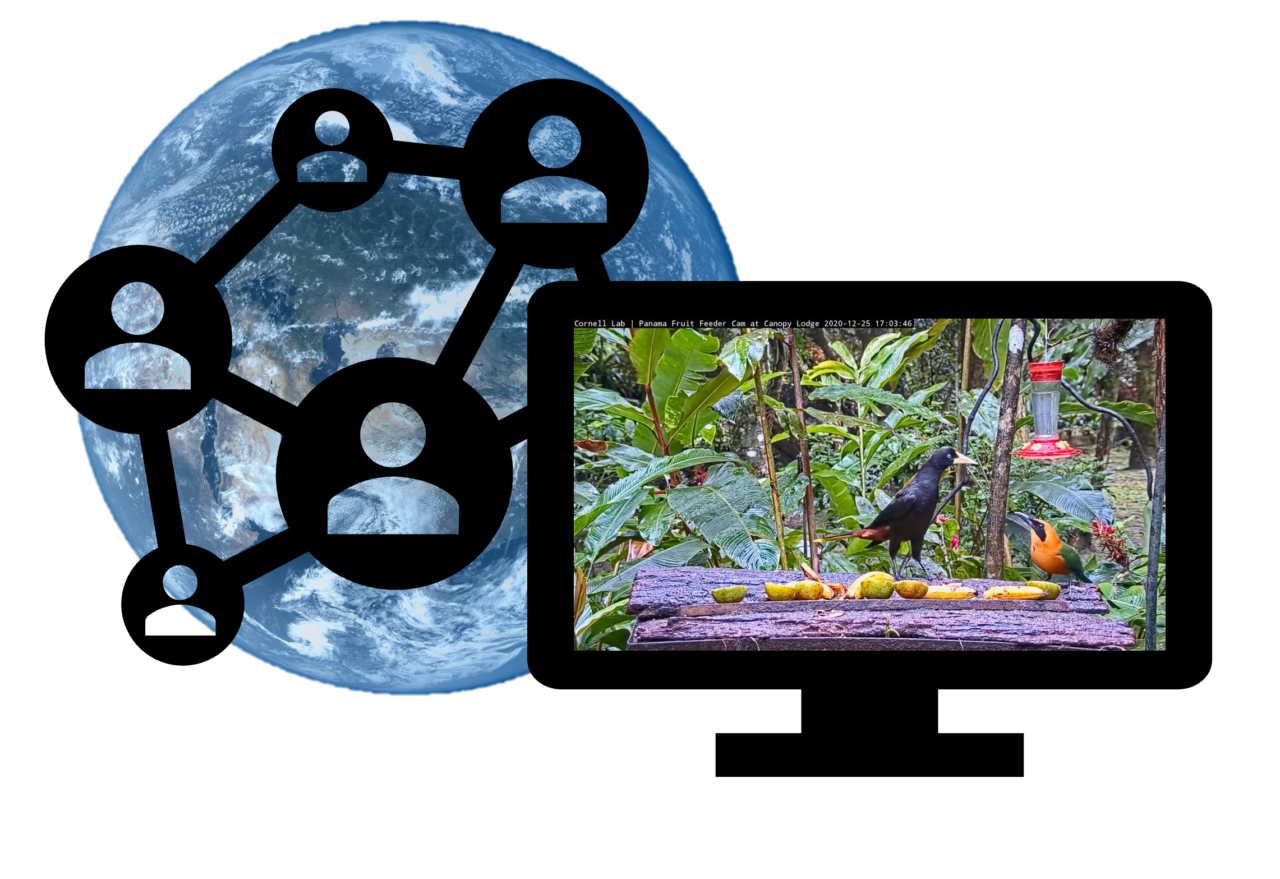About Bird Cams Lab
Bird Cams Lab was a project funded by the National Science Foundation’s Advancing Informal STEM Learning program, enabling participants from around the world to join with scientists in co-creating scientific investigations using live Bird Cams. Participants conducted field biology in their living rooms by watching cams and contributing to any or all stages of the scientific process. The project yielded new insights and discoveries about birds, served as a model for online co-created research at a national and global scale, and advanced the understanding of how participant experiences in co-created projects influenced their learning about birds and science.
The Investigations
During 2018–21, more than 16,000 participants joined Bird Cams Lab, working with one another and with scientists in co-created investigations across the entire scientific process: making observations, asking and selecting questions to investigate, deciding what data are needed to answer the questions, collecting data, exploring and interpreting results, and sharing findings. We completed six investigations focused on live streaming cams at bird feeders and nests, with data collected in real time on the cams and in clips of archived video footage.
An external evaluation team at Rockman et al conducted surveys and interviews to understand participants’ experiences. Below, you can see examples of participation in the last four investigations.
New Scientific Knowledge
Thanks to the contributions of thousands of participants, Bird Cams Lab demonstrated how co-created research can generate novel findings. For example, in “Battling Birds: Panama Edition,” participants revealed new data on aggressive interactions among tropical species, and in “Hawk Talk,” participants revealed insights about vocalizations of parents and young at a wild hawk nest.
Participant Experiences
Evaluation data showed that participants who contributed to one or more phases of an investigation gained knowledge about birds, increased their understanding and skills in scientific inquiry, and enhanced their confidence in their knowledge of birds and ability to contribute to science. Additionally, survey respondents who were initially involved in fewer activities involving birds and environmental stewardship (e.g., donating to organizations that help wildlife) were more involved after participating.
In interviews and surveys responses, participants shared that they thought co-created investigations made science more inclusive by providing opportunities that might not otherwise be available to them or others. At the same time, most respondents in Bird Cams Lab indicated that they were just as happy to participate in investigations with a research question chosen by scientists or by the community. This suggests possible benefits for projects that engage participants in more stages of the scientific process, whether the research is co-created or focused on scientists’ existing research.
For practitioners seeking to incorporate co-creation into their work, evaluation data also yielded insights for best practices. For example, many participants voiced hesitation to join investigations because they did not feel they had the skills or knowledge to contribute, though some participants became more comfortable with time. This reinforced the need to provide supports that emphasize the value that participants bring and bolster knowledge and confidence.
Thank You, Participants!
We wish to express our heartfelt thanks to all the participants who made this project possible by contributing their time, curiosity, data, and ideas throughout, and who shared their experiences through surveys and interviews. We are also grateful for the support of the National Science Foundation which enabled these contributions and advances.
Want to learn more?
- Dive into the scientific findings from each investigation in the Investigation Archive
- Learn more about how to collect data from wildlife cams in a blog post: Engaging the Public in Collecting Data from Live and Recorded Wildlife Cams: Tips for Project Managers
- Check out what else Rockman et al. discovered about participants’ experiences in their Evaluation Report on InformalScience.org

